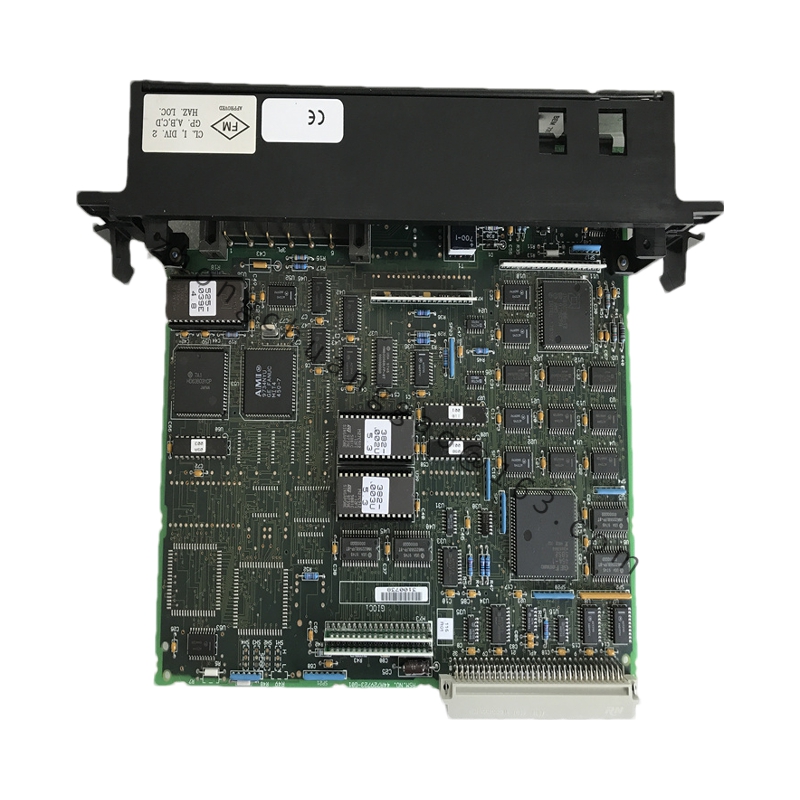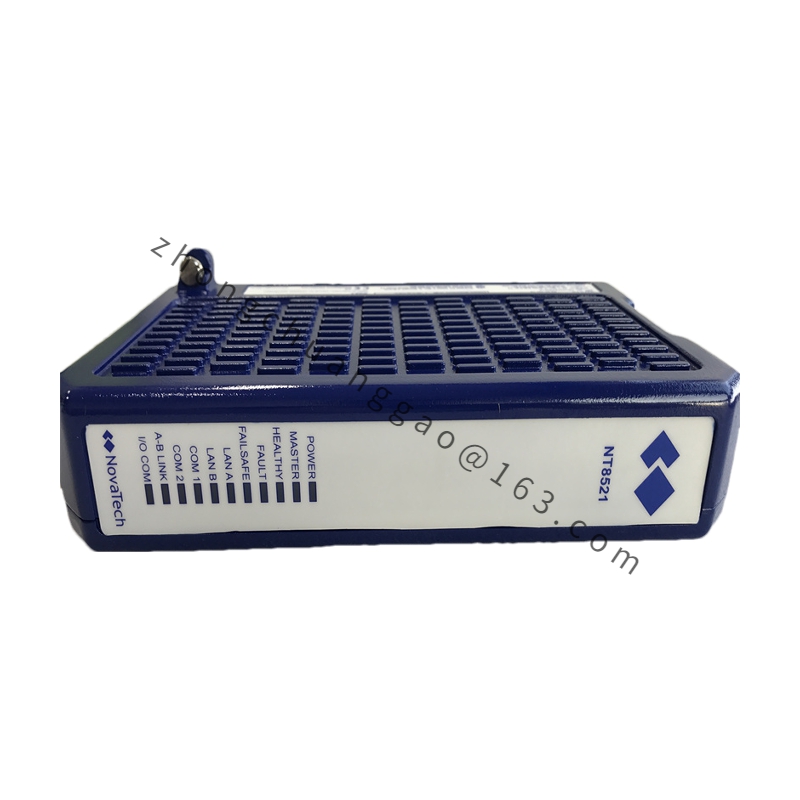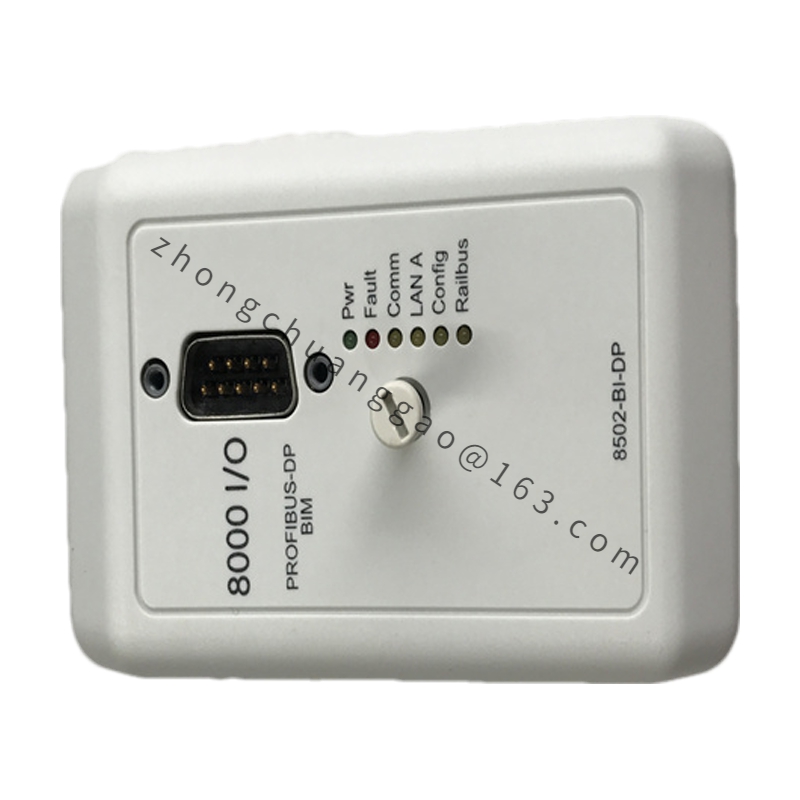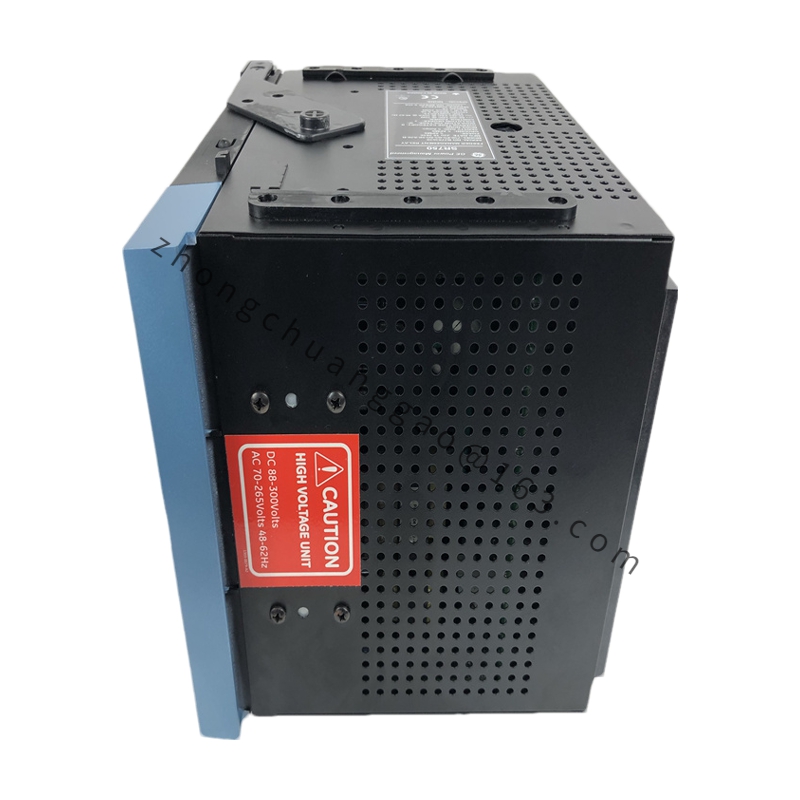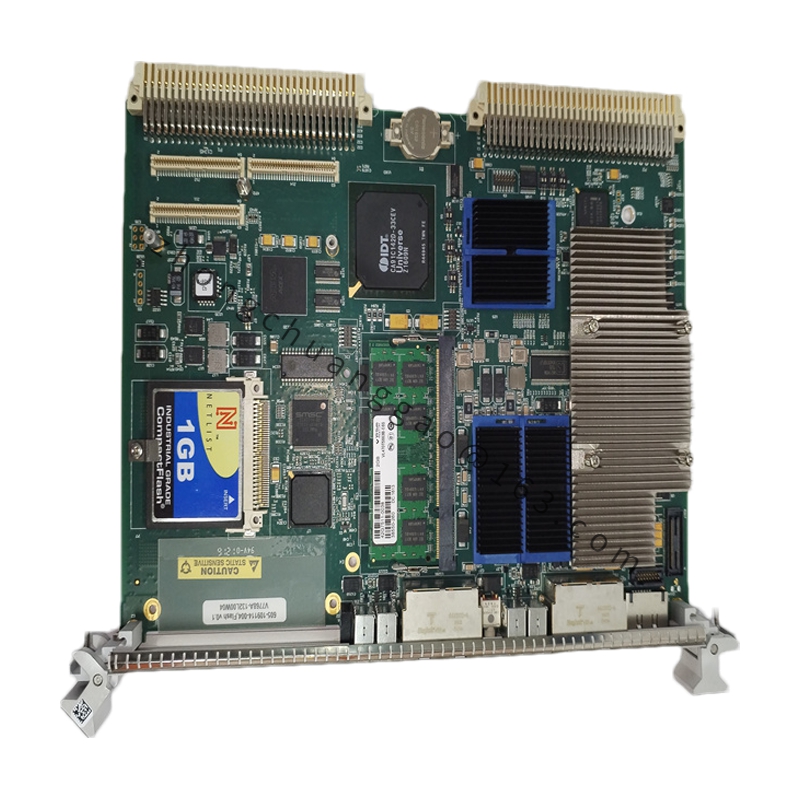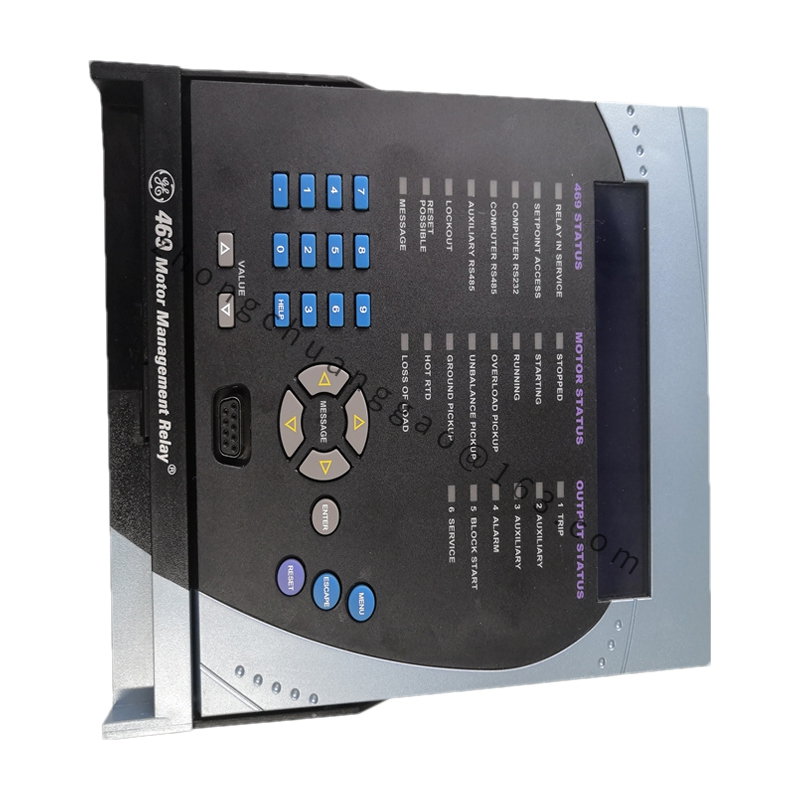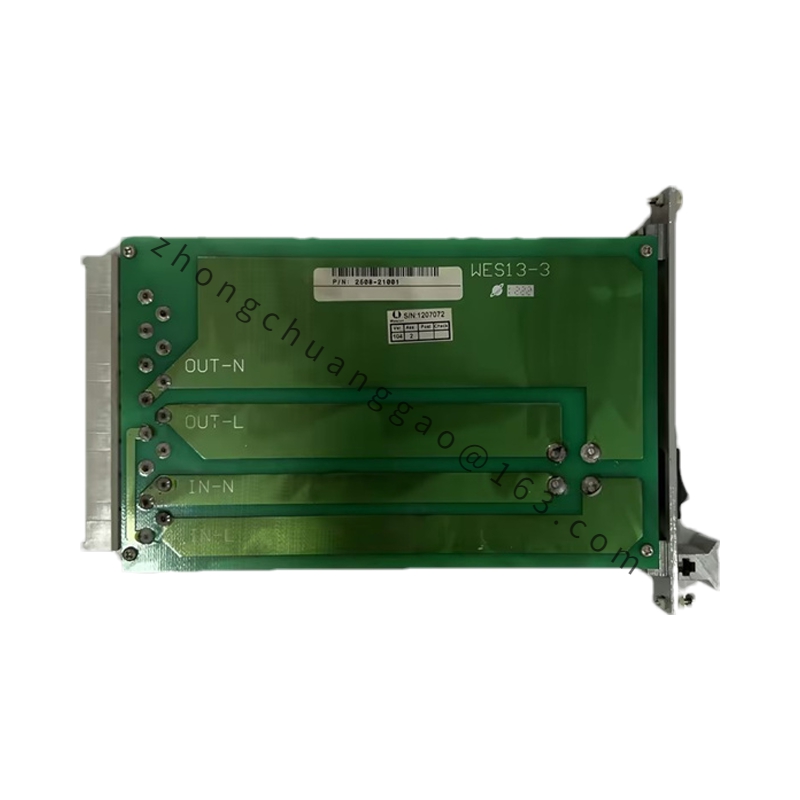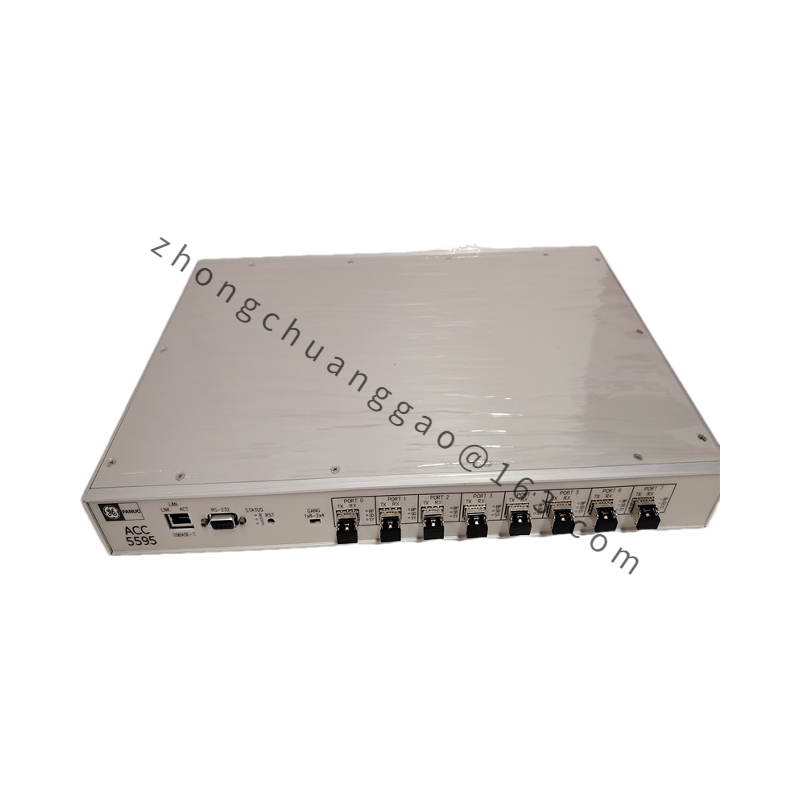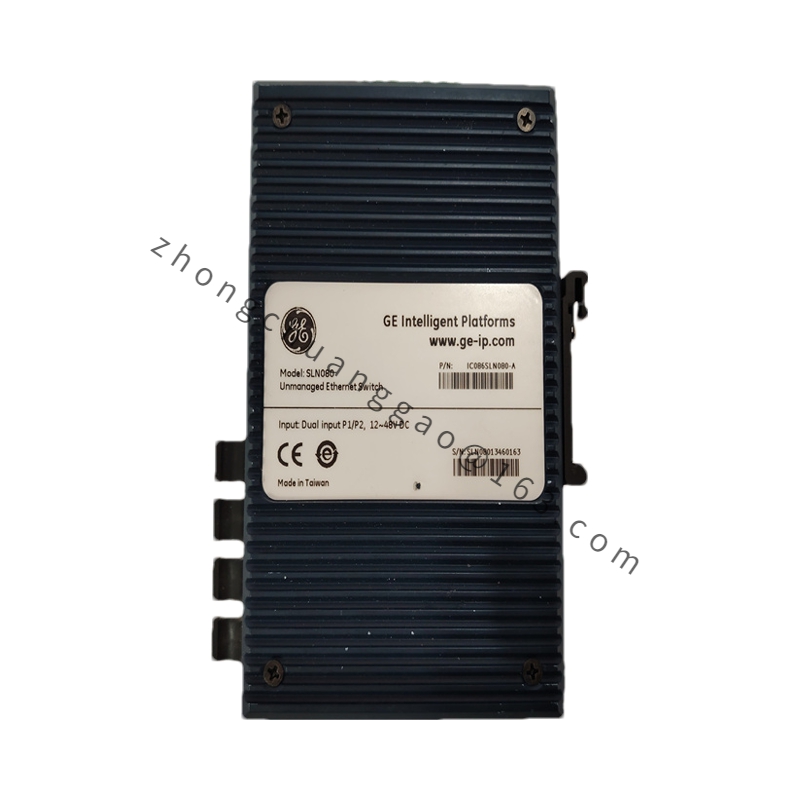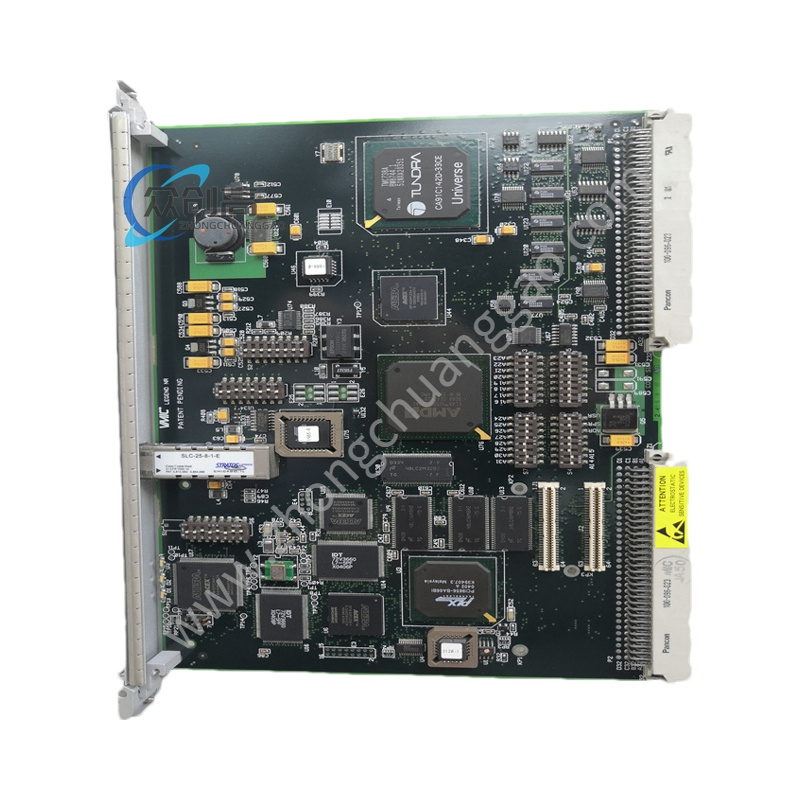GE IC697BEM731
The GE IC697BEM731 is a Genius Bus Controller Module, part of the 90-70 series Programmable Logic Controllers (PLCs) from GE Fanuc (now Emerson Automation Solutions). This module serves as a critical component in industrial automation systems, facilitating communication and data transfer between various devices on the same bus.
Detailed content
Technical Specifications
- Model: IC697BEM731
- Series: 90-70 Series PLC
- Type: Genius Bus Controller Module
- Channels: 1 channel for interfacing with devices on the same bus
- Handheld Monitor (HHM) Port: 1 port for downloading configurations using MS-DOS or Windows programming software
- Default Configuration:
- Baud Rate: 153.6 Kbaud (Standard), configurable to 76.8 Kbaud or 38.4 Kbaud
- Bus Address: 31 (modifiable by downloading valid configurations to the CPU)
- Communication Distance:
- 2000 feet (at 153.6 Kbaud Standard)
- 3500 feet (at 153.6 Kbaud Extended)
- 4500 feet (at 76.8 Kbaud)
- 7500 feet (at 38.4 Kbaud)
- Physical Characteristics:
- Dimensions: 93mm x 80mm x 63mm
- Weight: 1.3kg
- Operating Environment:
- Temperature: 0°C – 60°C
- Humidity: 15% – 95%
Functional Characteristics
- Bus Controller: Acts as the central hub for data transmission between up to 30 devices connected on the same bus.
- Token Passing: Utilizes a token-passing mechanism to transmit data between all configured devices on the bus.
- Configurable Bus Address: Allows users to modify the default bus address (31) by downloading valid configurations to the CPU.
- Baud Rate Configuration: Supports multiple baud rates (153.6 Kbaud, 76.8 Kbaud, 38.4 Kbaud), enabling flexibility in communication distances and performance.
- Diagnostics: Performs self-diagnostics upon installation, ensuring proper functioning.
- OPC Server Support: Enables data interaction between different devices and systems through a standard, open software interface.
Application Scenarios
The GE IC697BEM731 is widely used in various industrial automation applications, where reliable communication and data transfer are crucial. Some common application scenarios include:
- Manufacturing Lines: Facilitates communication between sensors, actuators, and other devices on automated manufacturing lines, ensuring seamless data flow and efficient process control.
- Process Industries: In chemical, petrochemical, and other process industries, it helps manage and control various processes by transmitting data between distributed control systems (DCSs), PLCs, and other equipment.
- Utilities: Used in power generation, water treatment, and other utility industries for monitoring and controlling critical infrastructure.
- Automation Systems: Integrated into larger automation systems, such as those used in automotive manufacturing, aerospace, and other industries, where precise control and monitoring are essential.

